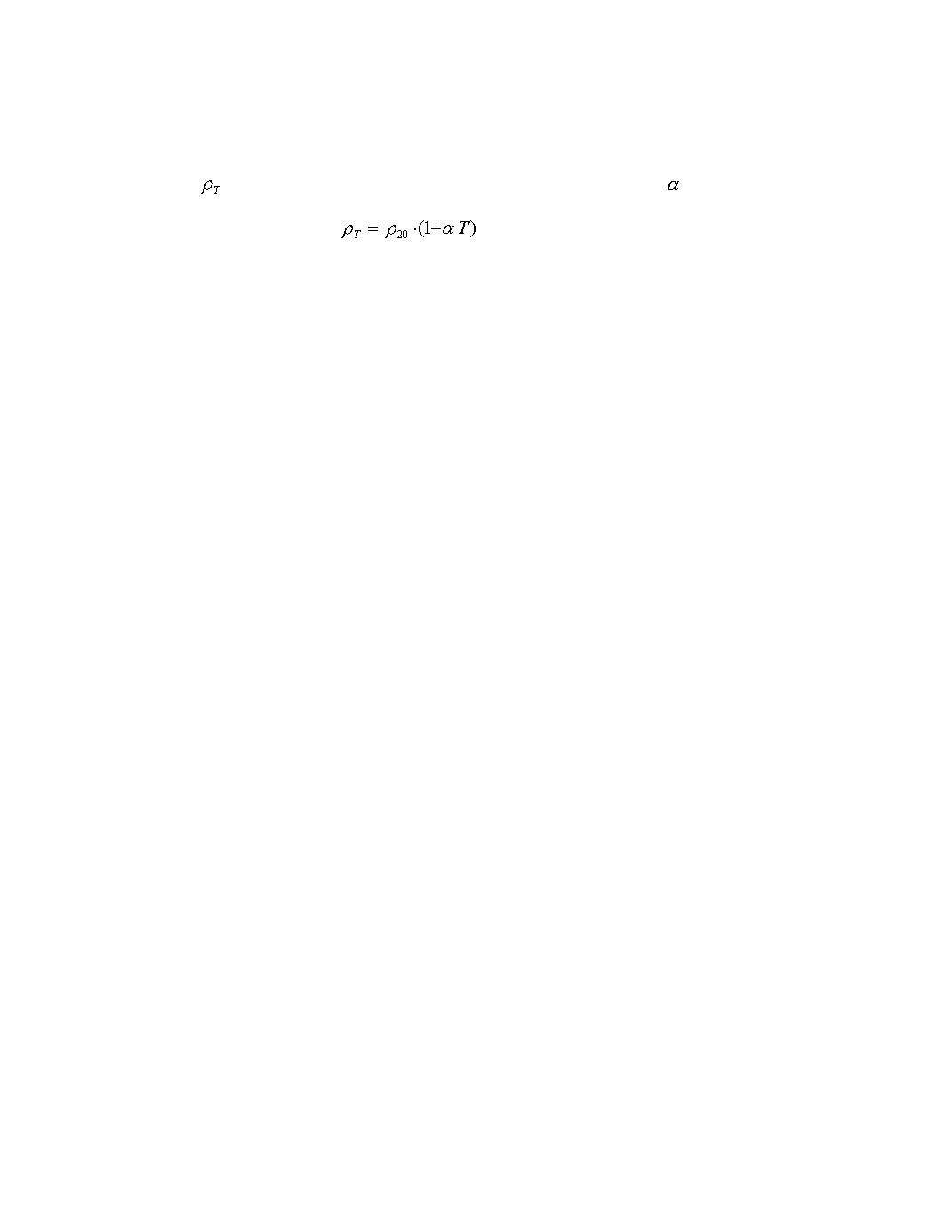
possible to estimate the temperature of a bar. When the temperatures are calculated, the
resistivities
easily established for bars with physically reasonable cross sections and sufficiently effective
heat transfer to the ambient air and to the neighbor bars. We incorporate in the program also
the heating at the ends of first and last bars connected to the anodes and the cathode carbon
by assigning the temperatures at these ends. The computed temperatures of the electrically
heated bars permit to accommodate to the resistivity changes. The described procedure is
sufficiently flexible to permit simulation of anode changes, disconnected cathode bars,
various branching of the current path between the cells, etc. The procedure is also well suited
to model the selective rodding of the collector bars as shown in Figure 1.
design achieves a high level of MHD stability for the 500 kA cell, but certain problems are
encountered, as it is often the case, for the cells close to the line beginning and end. Small
amplitude oscillations persist for these cells. Therefore we attempted to analyze the MHD
stability for the cells close to the line end as shown in Figure 3.
First, we consider the cell behavior without the selective rodding and with the simple
(More realistic case with the ledge obtained from the thermoelectric modelling is considered
in (6).) The electric current distribution, computed according to the coupled model given by
the equations (1)-(5), is shown in Fig. 4, where the arrows indicate the horizontal depth
average current in metal and the contour levels J